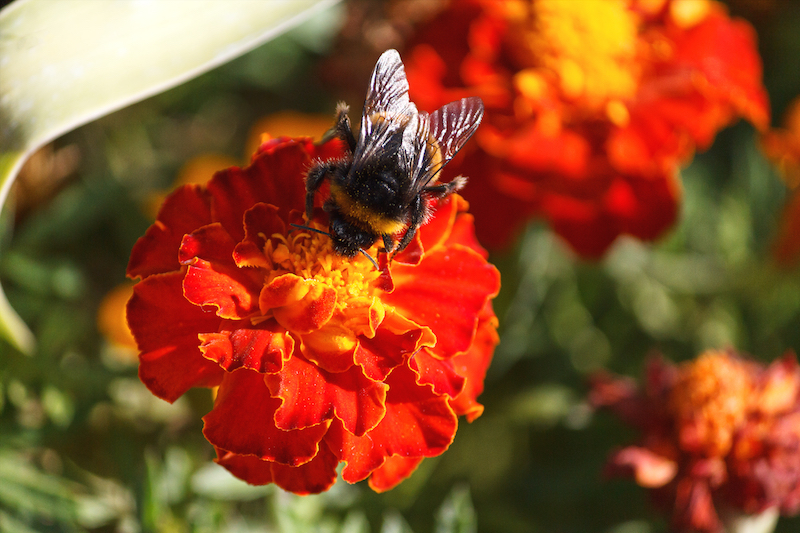
If you read my blog last year on indoor plants for the serial plant killer, you'll know that my foray into plant cultivation has been less than smooth sailing. However, I feel that as my plants approach their first birthday, I have graduated to attempting something more focused. I looked into growing a vegetable garden, but as we are currently renting, it seemed like a lot of additional work with planter boxes and deciding on which vegetables would grow at this time of year.
After typing ‘what to plant' into the search bar, I was presented with the suggestion ‘what to plant to attract bees'. What a marvellous concept. I have considered myself a bee-friendly person for some time now. I named my first car Barry B. Benson after the lead character in Bee Movie and I often put sugar water out to help tired bees regain their strength. This is my chance to do something with real impact, my chance to level up to a real bee enthusiast.
Pollinators play a vital role in our ecosystem, in fact, without them, none of us could survive.
Once I began my research, I realised I was truly out of my depth. I had no idea how many pollinators there were aside from bees and birds - lizards, slugs, wetas, butterflies and moths all play an important role in pollination. It was frightening to learn that there are more than 1,800 different species of moth in New Zealand, and I will now actively be avoiding a number of native trees which are home to the largest and most intimidating species, the pūriri moth.
Just like all my previous gardening adventures began, I headed straight to the garden centre at Bunnings. I know for a fact that there are better places to get plants, but having one less than 3 km from my house and easily accessible by public transport makes it a winner every time. They also have hundreds of empty boxes to choose from to transport my plants home in, which also double as cat beds when I inevitably leave them on the deck for a week, giving them a second and even third life before recycling. That's good for a cardboard box, right?!
Equipped with my list of bee friendly flowers, I headed straight to the potted colour with confidence. My grandmother had an exquisite garden full of flowers and fruiting trees. This passion for gardening was also passed on to my own mother and my incessant questions about anything and everything led me to develop a fairly extensive knowledge of nature. I thought I could rely on this and pick the flowers by eye, but alas, I was a little rusty.
After squinting at labels and smelling herbs, I settled on lavender, two variations of marigold and a dahlia. This is probably the first time I'd chosen plants without researching how resilient they were and thus how likely to survive under my supervision. Once I returned home, I clicked on the first link on how to care for marigolds - a prompt to join their mailing this popped up and I proudly selected “no thanks, I already know everything about gardening”. Fake it ‘til you make it, baby.
Just one day into the endeavour, one of the marigolds took a turn for the worse during Auckland's recent heatwave and I considered scrapping this piece altogether, but after some shade and some extreme hydration, we were back in action. Marigolds claim to be the easiest of all annual flowers and I can say that after just one week with me, one has returned from the brink of death, while another has sprouted two beautiful little flowers. So far, one bee has been sighted nearby.
I'm not quite ready to build a ‘pollinators palace' in my backyard, as the thought of inviting wetas into my vicinity is truly terrifying. But if you're braver than I, it looks like it could be a fun project for the whole family. So choose your favourite pollinator-friendly plants, choose your level of commitment based on time, space and fear-level of creepy crawlies and get creative. The pollinators will thank you for doing your part in building a more sustainable future for us all.

